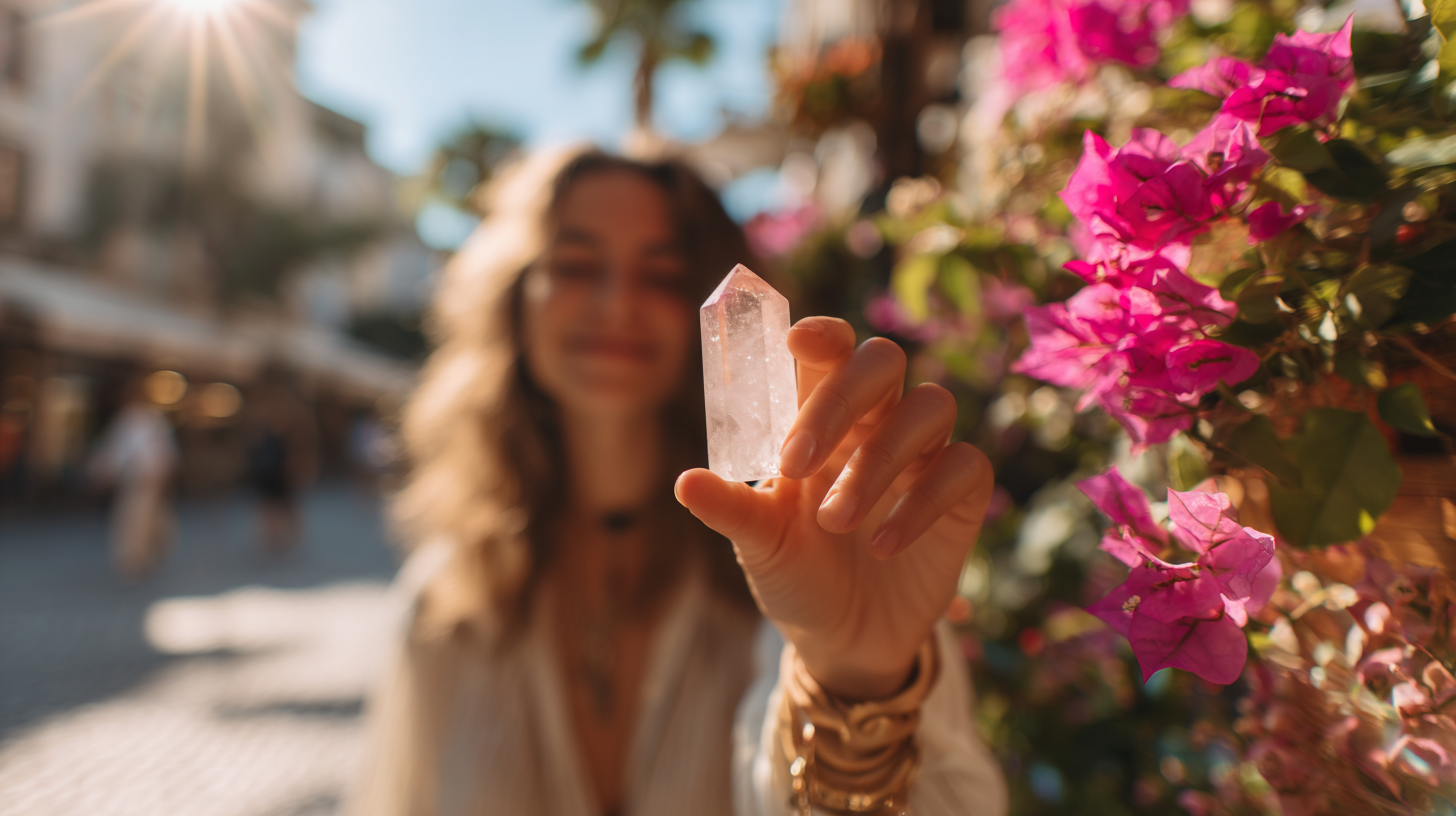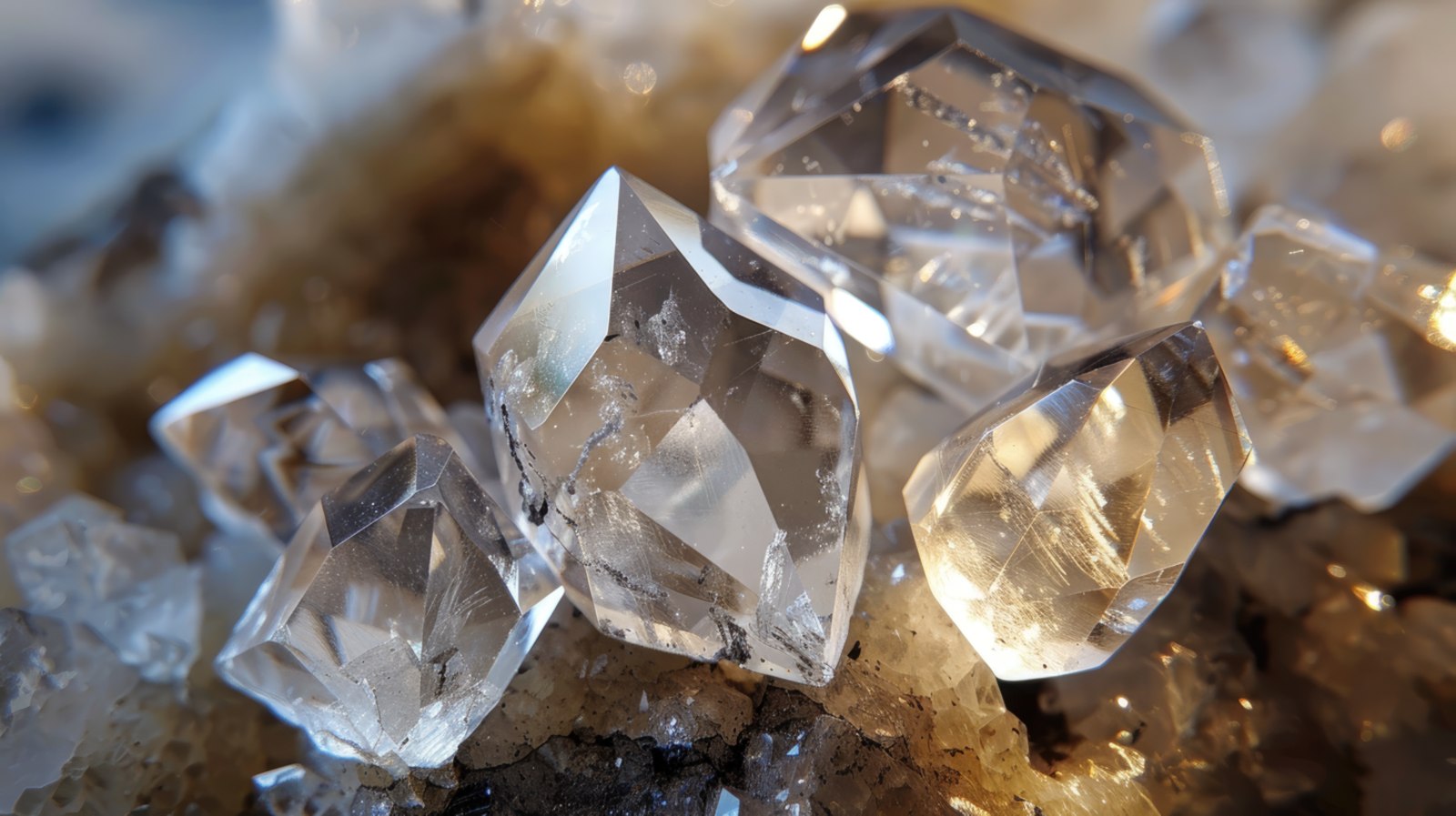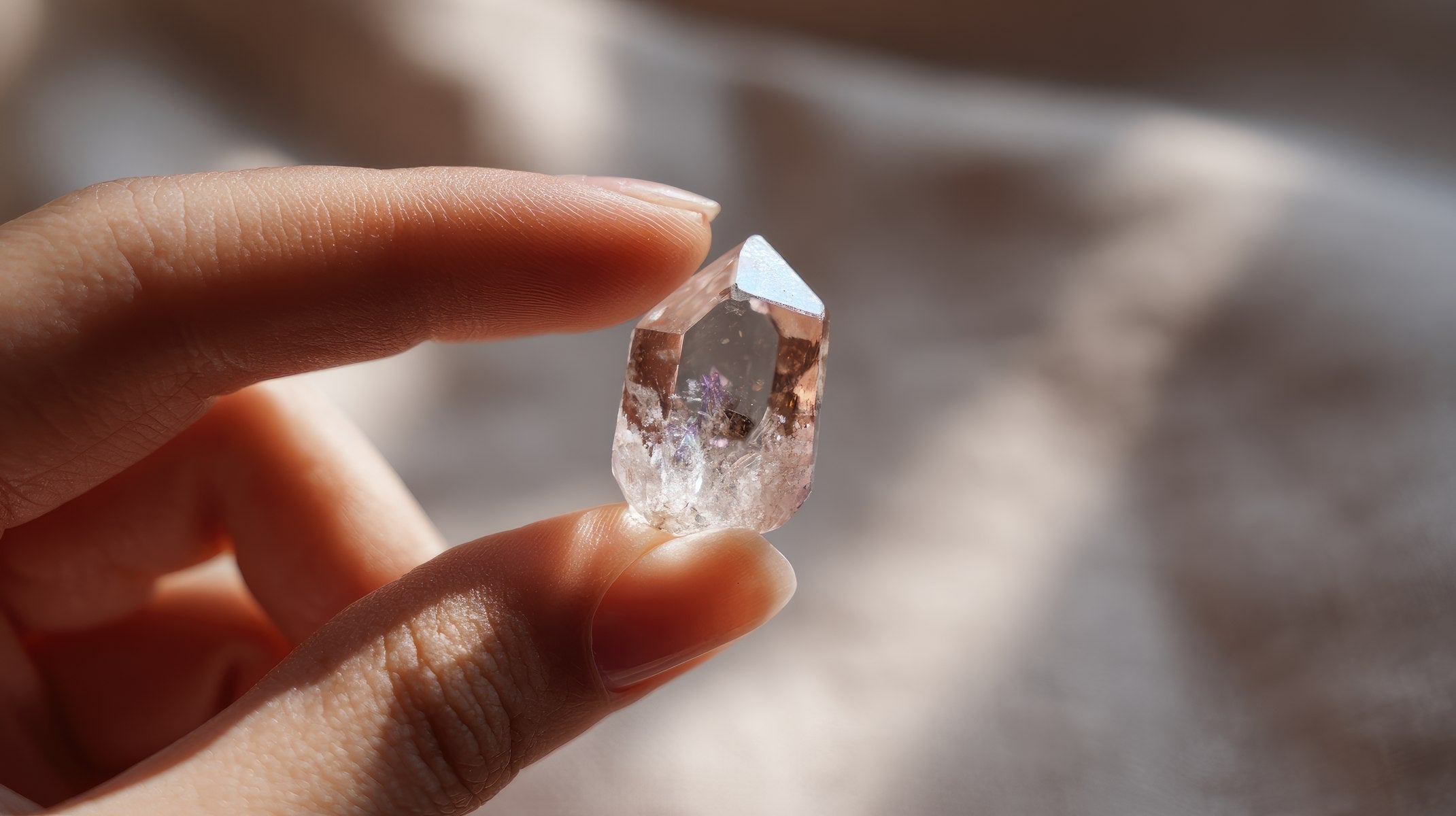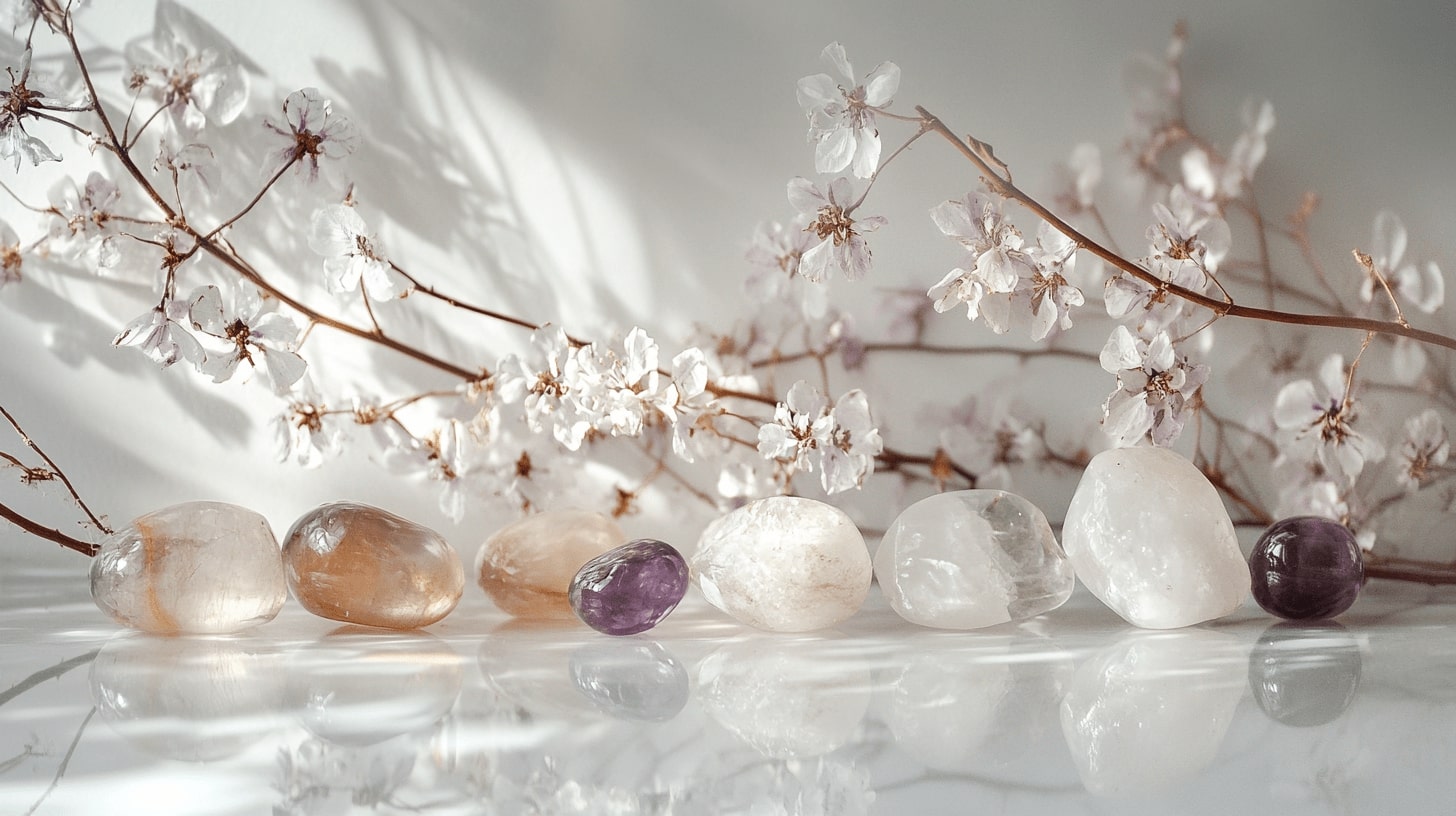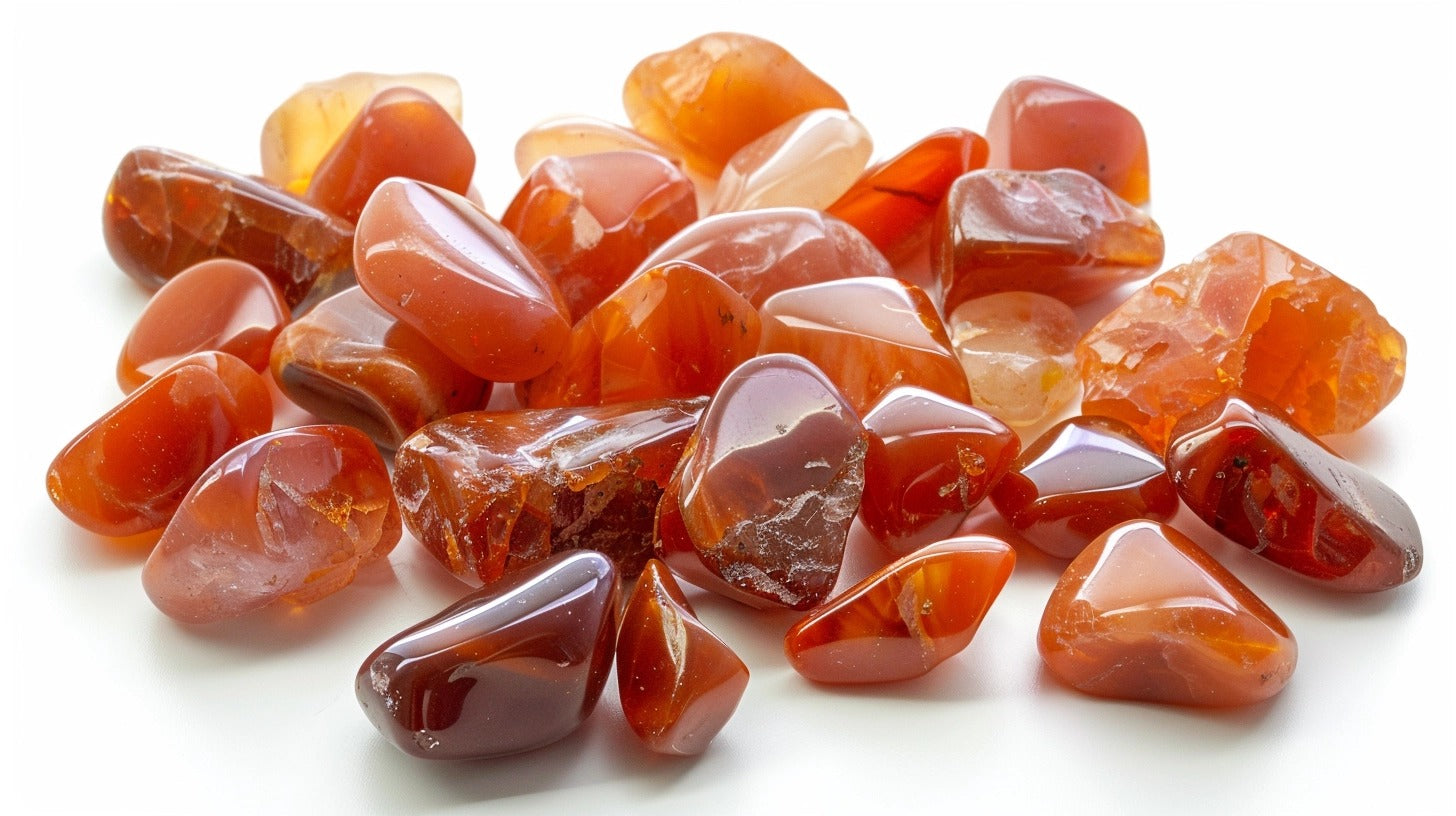
Carnelian Properties

Exploring the Allure of Carnelian
Carnelian is a form of silica chalcdony with iron oxide impurities, similar to sard (distinct from sardonyx).
Carnelian is typically mined in Brazil, India, Russia, and Germany.
Historical Significance of Carnelian
Carnelian has a fascinating and vibrant history, much like opal, lapis lazuli, turquoise, and topaz, making it one of the most beloved gems worldwide.
The name "carnelian" emerged from a misspelled variation of the word "cornelian," which gained popularity in the 14th century. "Cornelian" traces its roots to the Latin term "cornum," meaning cornel cherry.
Archaeological discoveries in Bulgaria unearthed carnelian beads dating back to the Early Neolithic period. Bronze Age Crete witnessed the use of carnelian in the creation of decorative items. Notably, carnelian was employed in Hellenistic artworks, including intaglios featuring Ptolemaic queens. In Egypt, gold and carnelian necklaces were discovered, believed to offer protection from the Evil Eye.
Both Romans and Neo-Assyrians used carnelian for seal rings, as hot wax did not adhere to the stone. The Prophet Mohammed was said to possess a silver carnelian ring. Arabic cultures traditionally associated carnelian with royalty, as it symbolized power and protection through its connection to lions and fire. And Hebrew mythology portrayed carnelian as a tranquilizing and protective stone.
In ancient India, carnelian was sometimes etched with acid to create intricate white patterns. Buddhist regions of the Indian subcontinent, Nepal, and nearby China utilized carnelian in protective rituals. During the ascendancy of several Polish aristocratic families, carnelian was fashioned into signet rings featuring engraved coats of arms.
In the 18th century, both the English and French people used carnelian brooches adorned with initials as a means of communication, often conveying messages of good luck. Notably, Napoleon acquired an octagonal, engraved carnelian seal during his Egyptian campaign. His nephew treasured it, wearing it alongside his watch. Tragically, the talisman was stolen from his son, Louis-Napoleon, after his death in South Africa.
Metaphysical Properties of Carnelian
Carnelian is particularly beneficial for Scorpios, harmonizing their dark and enigmatic nature with its warm energy. It corresponds to the first three chakras: Muladhara, Svadhisthana, and Manipura (the root, sacral, and solar plexus chakras), depending on the predominant color(s) of the stone.
Carnelian is said to be helpful in repelling negative energy originating from others. If you feel burdened by such energy or encounter individuals who consistently bring you down, carnelian is said to be able to shield you from their influence. It also promotes positivity, attracting genuine friendships, true love, and passionate experiences. Known as the stone of loyalty and generosity, carnelian embodies positive virtues.
Singers and public speakers can benefit from carnelian, along with other yellow and orange crystals, for enhanced confidence during their performance. Additionally, carnelian is believed to benefit lawyers who utilize their skills to uphold justice.
Carnelian is also regarded as a metaphysical remedy for ailments associated with a lack of yang energy, such as neuralgia, rheumatism, impotence, depression, slow metabolism, and lack of appetite. However, it is important to note that carnelian should not be considered a substitute for professional medical care or treatment. Additionally, carnelian is said to instill motivation and momentum, as well as invigorate the blood.
In the practice of feng shui, placing carnelian in the central part of a room is said to promote harmony within the entire family. When facing south, carnelian is believed to attract abundance, luck, and success. If positioned facing west, it can stimulate creativity and inspire artistic pursuits.
Carnelian is said to be an excellent stone for those born under both the Libra and the Capricorn zodiac signs.

